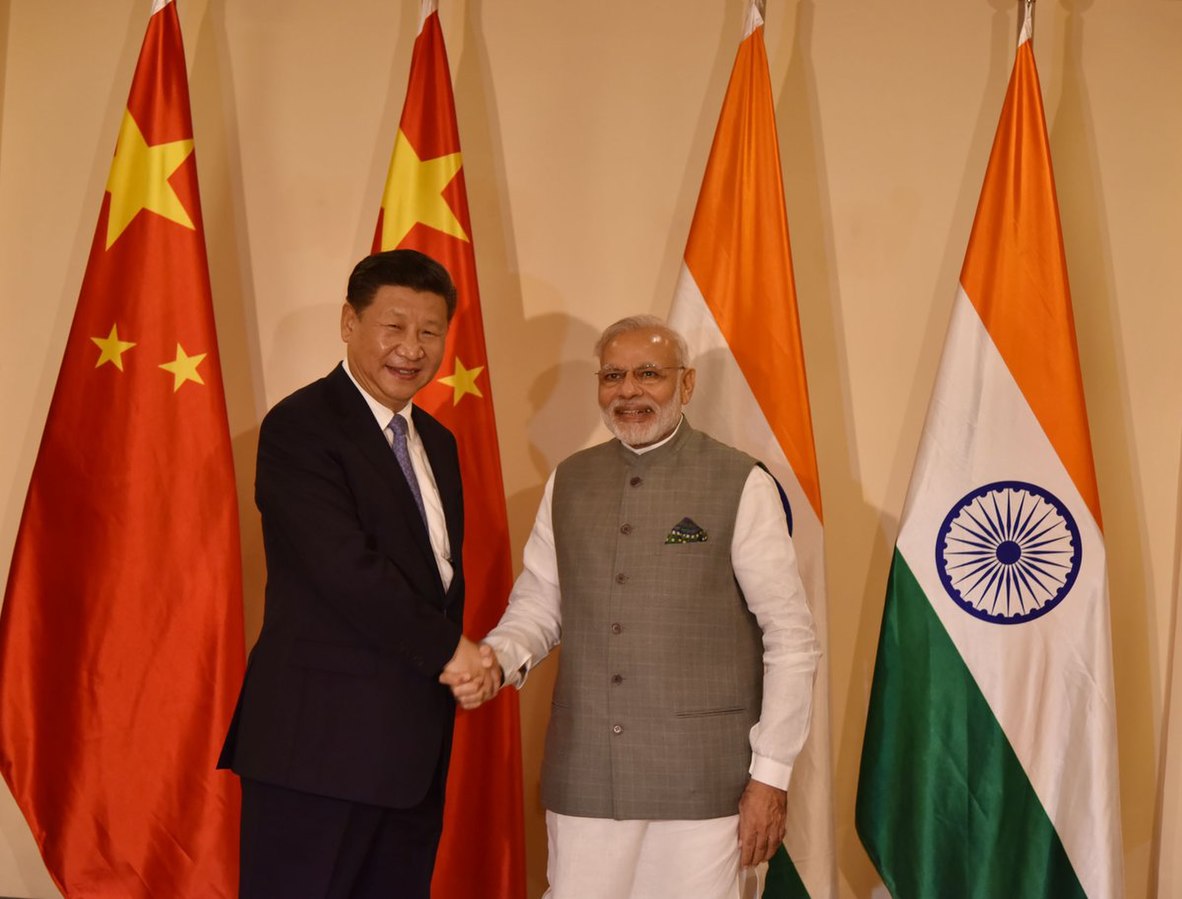Prime Minister Narendra Modi will travel to China from August 31 to September 1 for the Shanghai Cooperation Organisation summit in Tianjin. This marks his first visit since the bloody clash at Galwan Valley in 2020 that left 20 Indian soldiers dead and pushed bilateral relations to their lowest point in decades.
The trip follows months of quiet diplomacy between the two Asian giants. External Affairs Minister S. Jaishankar visited Beijing in July, meeting Chinese President Xi Jinping and Foreign Minister Wang Yi, setting the stage for Modi’s journey across the Himalayas.
The timing is notable. According to reports, Modi may visit Japan on August 30 for the annual India-Japan Summit, though this has not been officially confirmed by the Prime Minister’s Office. The visit also unfolds amid ongoing global trade tensions and shifting alliances.
Back in October 2024, Modi and Xi met at the BRICS summit in Kazan, Russia. That meeting produced tangible results – a border patrol agreement that somewhat eased the military standoff that had persisted since 2020. The agreement allowed for resumed patrols along the Line of Actual Control (LAC) with structured notification and verification mechanisms.
The Chinese Foreign Ministry announced in July that the Tianjin Summit will host leaders from more than 20 countries and heads of 10 international organizations, making it “the largest summit in the development history of the SCO.”
More Posts
After the 2020 border clash, India imposed a series of restrictions on Chinese economic involvement – over 200 Chinese apps were banned, stricter scrutiny was placed on investments, and visa approvals slowed considerably. Despite these measures, trade between the two nations reached $138.8 billion (≈₹11.6 lakh crore) in 2023-24, with China regaining its position as India’s top trading partner.
The relationship remains heavily tilted in China’s favor. India faces a massive trade deficit that grew to $106.7 billion (≈₹8.9 lakh crore) in the last fiscal year. India primarily exports raw materials like iron ore, cotton yarn, and mineral fuels to China, while importing finished goods like electrical machinery, telecom equipment, and pharmaceutical ingredients.
Foreign investment tells a different story. Chinese investments now make up about 0.12% of India’s total FDI inflows. According to government data, cumulative Chinese FDI into India stood at approximately $2.5 billion as of December 2021, far below its economic potential.
In July 2025, India made a goodwill gesture by resuming tourist visas for Chinese nationals, which had been reinstated in December 2022 after being suspended during the border tensions.
The border situation itself remains complex. While troops have withdrawn from friction points at Galwan Valley, Pangong Tso, Gogra, and Hot Springs, these areas now operate under buffer zones that restrict regular patrolling. Security experts note that India has lost regular access to approximately 24-26 of 65 patrolling points that were previously accessible.
If Russian President Vladimir Putin attends the summit as expected, Modi could have an opportunity to meet with him as well. Such a meeting would be their first since the BRICS summit in Kazan and could cover India’s continued purchase of Russian oil despite Western pressure.
For Modi, the SCO summit represents a careful balancing act. India seeks to protect its territorial integrity while maintaining necessary economic engagement with its largest trading partner. With global trade dynamics shifting and new economic challenges emerging, India’s approach to China takes on new significance.
The visit comes at a time when both nations face similar economic challenges – slowing growth, manufacturing pressures, and evolving trade relationships. This shared experience might provide common ground for discussion, despite the lingering border tensions and strategic competition that continue to define the relationship.
As an organization, the SCO itself faces questions about its relevance and effectiveness. Originally conceived as a security grouping focused on counterterrorism, it has struggled to achieve concrete results beyond statements of solidarity. For India, which joined in 2017, the organization offers a platform to engage with Central Asian nations while maintaining a presence in forums where China holds significant influence.The summit’s outcomes will provide important signals about the future direction of India-China relations, which have weathered five difficult years since the standoff began. After decades of diplomatic engagements and border agreements, the two neighbors continue their careful dance of cooperation and competition.



